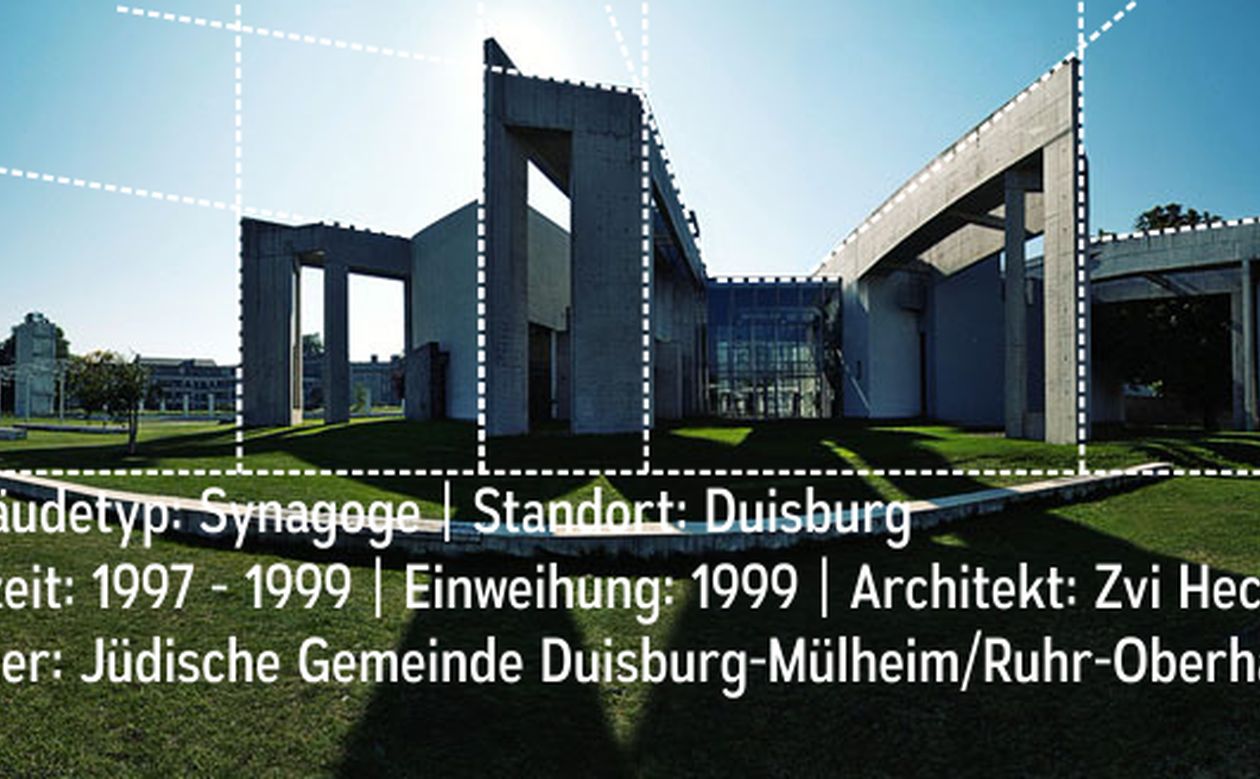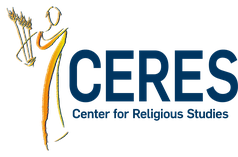
Synagogue, Church, and Mosque - New Research Project on Sacred Architecture started
During the last two decades, Germany changed when it comes to religion: Besides an ongoing secularisation, tendecies towards pluralisation and indivudalisation of religious beliefs can be traced. But how do these changes find their architectutal forms in an urban environement? This central question will now be explored by a team of researchers from Religious Studies and the History of Architecture at the Ruhr-Universität Bochum and the TU Dortmund. They bring together innovative research and expertises from both disciplines.
Prof. Wolfgang Sonne (Chair for the History and Theory of Architecture, TU Dortmund) and Prof. Dr. Volkhard Krech (CERES, RUB) conduct the novel research project „Sakralität im Wandel: Religiöse Bauten im Stadtraum des 21. Jh. in Deutschland (SaWa) ("Transformation of Sacredess: Religious Architecture in Urban Space in 21st Century Germany". Together with their team, they will document, analyse and interprete the transitions of the architectural formations and the positioning of sacred buildings within urban spaces in Germany since 1990 comparatively in regard to religions. In doing so, the researchers focus on Christian, Jewish and Muslim sacred architectures, their architectural and societal significance.
The focus on the three big monotheistic traditions, however, was chosen intentionally, in order to contrast the exisiting characteristics: While church buldings face a process of conversion or even demolition, mosques become more and more visible, though often in highly industralised areas in the urban periphery. In contrast, synagogues are met with a special perception since they can be often characterised by their experimental architecture, which effects the urban environement. The project aims to shed light and theorize the public presence of sacred buildings and effects on urbanity.
Sacred architectures are especially suited as a research object in order to explore how architecture on the one hand expresses social systems and on the other how it influences society in return. For the most religious traditions, buildings of worship or meeting spaces are indispensable for religious rituals and community life. To avoid the mere focus on particular objects, analyses in regard to urban development shall be included to investigate how religious buildings are positioned in the urban setting and towards their neighbouring buildings and how they make themselves (in)visible.
The project team will generate a database for recording and describing all new constructions, conversions or demolitions of Christian, Muslim and Jewish sacred buildings in Germany since 1990. Additionally, selected buildings will be analysed in more detail in regard to their significance and postioning in an urban setting.
The project is designed for three years and funded by the DFG. The team will start on the 17th of September 2018 with a kick-off workshop to network all team members. External experts will support and advise the team.

